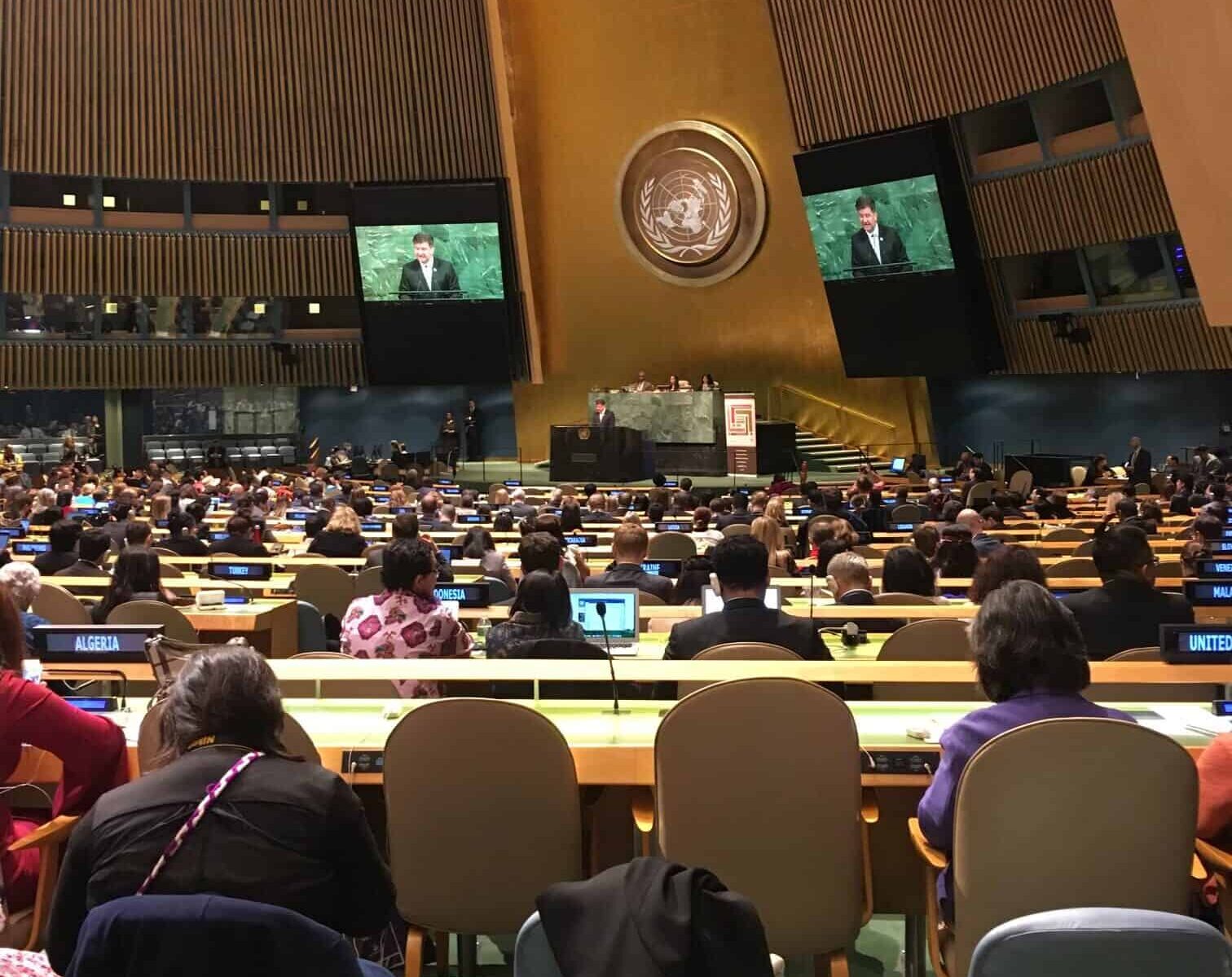- About
- Research
-
-
- Special Reports & Features
- Pretendians and Publications: The Problem and Solutions to Redface Research
- Pinasunniq: Reflections on a Northern Indigenous Economy
- From Risk to Resilience: Indigenous Alternatives to Climate Risk Assessment in Canada
- Twenty-Five Years of Gladue: Indigenous ‘Over-Incarceration’ & the Failure of the Criminal Justice System on the Grand River
- Calls to Action Accountability: A 2023 Status Update on Reconciliation
- Data Colonialism in Canada’s Chemical Valley
- Bad Forecast: The Illusion of Indigenous Inclusion and Representation in Climate Adaptation Plans in Canada
- Indigenous Food Sovereignty in Ontario: A Study of Exclusion at the Ministry of Agriculture, Food & Rural Affairs
- Indigenous Land-Based Education in Theory & Practice
- Between Membership & Belonging: Life Under Section 10 of the Indian Act
- Redwashing Extraction: Indigenous Relations at Canada’s Big Five Banks
- Treaty Interpretation in the Age of Restoule
- A Culture of Exploitation: “Reconciliation” and the Institutions of Canadian Art
- Bill C-92: An Act respecting First Nations, Inuit, and Métis Children, Youth and Families
- COVID-19, the Numbered Treaties & the Politics of Life
- The Rise of the First Nations Land Management Regime: A Critical Analysis
- The UN Declaration on the Rights of Indigenous Peoples in Canada: Lessons from B.C.
- View all reports.
- Special Reports & Features
-
-
- Yellowhead School
- The Treaty Map
- LIBRARY
- Submissions
- Donate
Canada always looks for ways to deny the inherent rights of Indigenous peoples. But, internationally, it’s a different story.
Self-determination is a well-established principle of international law. That is why Indigenous nations and groups have used international human rights mechanisms like the United Nations Committee on the Elimination of Racial Discrimination (CERD) for years to assert their rights, build political leverage, demand accountability, and access enforcement mechanisms.
But most of all, Indigenous Peoples, as Arthur Manuel often said, can’t “cry on the shoulder of the guy who took your land.” That guy can change things but won’t, because, well, he has your land. You have to speak to his manager.
Which is exactly what Indigenous groups have been doing. In December 2019, CERD responded to urgent reports filed by the Wet’suwet’en, Secwepmec, and Dunne-za and Cree groups facing immediate threat from resource extraction and development on their lands.
CERD’s harshly worded decision called upon Canada to immediately suspend construction on, respectively, the Coastal GasLink pipeline, Trans Mountain pipeline, and the Site C dam until the free, prior and informed consent of the people could be obtained.
The Committee also told Canada to get some adults in the room, encouraging “the State party to seek technical advice from the United Nations Expert Mechanism on the Rights of Indigenous Peoples.” Canada now has to respond to this decision when it reports to the Committee at the end of this year.
Advocating to CERD has been effective for these groups, but navigating this system can seem hard from the outside. Download a PDF version of this guide for facts on what it does and how it actually works. We answer the following questions:
- What is CERD?
- How is CERD different from other UN mechanisms available to Indigenous Peoples?
- What is the periodic review?
- What is EWUAP? What are other ways to participate?
Canada seems to ignore CERD. Why keep submitting to them?
Over the last 12 years, CERD has been strong in its condemnation of Canada’s violations against Indigenous peoples, yet Canada’s responses fall far short of its requests to address them. In its most recent letter to CERD, for example, it seems as though Canada is relying on the forthcoming legislation on UNDRIP (BILL C-15, An Act respecting the United Nations Declaration on the Rights of Indigenous Peoples) to defend itself against all charges. Yet, this act does nothing to address the impacts of Site C dam, the Trans Mountain pipeline, and Coastal GasLink pipeline, and the convention and rights violations CERD has raised with respect to these projects.
If Canada is going to continue to ignore CERD, dodge its concerns, and claim progress through wildly insufficient and incremental policy change, what’s the value in continuing to pursue recourse through them?
- Canada does not like to be embarrassed internationally — especially Trudeau
- Canada likes to promote a reputation for fairness and equality; even if it does not respond to CERD’s requests, there are consequences and ripple effects in public and international opinion
- This is an opportunity to amplify Canada’s failures through local and international media
- Canada repeatedly vies for a seat on the UN Security Council; this is one way to expose to the UN Canada’s failures to implement international law on its own turf
- If Canada continues to ignore CERD’s substantive concerns, it will be in violation of the Convention; this could result in severe international consequences. In its mandate, CERD can launch a dispute resolution mechanism, make recommendations to the UN General Assembly on Canada’s non-compliance, and even refer the issue to the Special Committee on Decolonization — all things unprecedented for Canada, and all things Canada does not want
A key reason for Indigenous peoples to go to the United Nations is because Indigenous peoples are open targets for human rights violations with no protection from the Canadian state. There are multiple other human rights mechanisms through the United Nations that may also be accessed. But alongside the UN system, we must build international solidarity movements to watch all the watchers and protect inherent Indigenous rights.
Citation: Pasternak, Shiri, Anne Spice and Emma Feltes. “A User Guide For Land Defenders: The UN Committee On The Elimination Of Racial Discrimination (CERD)” Yellowhead Institute, 19 March 2021, https://yellowheadinstitute.org/2021/03/19/cerd-user-guide-for-land-defenders/



